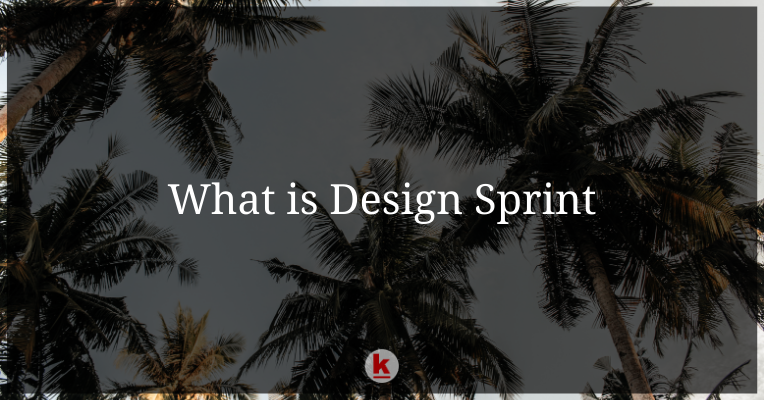
What is Design Sprint

A moment of celebration when your business secures a client. The confidence is sky high, and you feel you’re ready to battle against the market dominators. However, the aspect of securing clients is different from satisfying them.
Your brand awareness campaign can attract a lot of visitors who’ll convert into customers. But, how to validate your product or service to maximize client satisfaction and get answers to critical business questions? An optimized solution for it is a “Design Sprint,” which is a stage-wise evaluation process developed at Google by Jake Knapp.
Design Sprint – The Five Stages
A design sprint is typically divided into five stages where each executable step consumes one full day. If you schedule a design sprint beginning from Monday, you’ll have the desired results by Friday.
A day-wise workshop model is preferred because you’ve fixed team members for enhanced coordination. Your team gets the opportunity to obtain raw consumer feedback, and you can validate multiple ideas to draft future actions.

Image Source: FreshTilledSoil
Stage 1: Understand and Define
Day 1 of the design sprint process is dedicated to learning and improving your knowledge. You can create buyer personas, explore in-depth business needs and pen-down ideas you want to evaluate.
You also specify the primary goal you want to achieve during the design sprint after consulting with your colleagues. Lack of proactiveness and enthusiasm on day 1 itself can lead to a dull sprint so keep your spirits high and of your team too.
Stage 2: Diverge and Solve
Field execution begins on day 2, where all the participants come up with innovative solutions to solve business queries. If it’s a product or service, you can directly interact with the customers by offering free trials and get their feedback in return.
You can schedule brainstorming sessions to come up with collaborative ideas that have the whole team’s agreement. A quick meeting at the end of the day can be utilized to filter the list of solutions so that all members have a preface of day 3.
Stage 3: Converge and Decide
Now begins the phase where you have to analyze every solution devised in the previous stage in the context of your primary goal. There should be valid reasons to accept or reject any idea. If customers don’t like your offerings one bit, you might need to begin all over again.
Understand that if no solution is selected for the next stage, it doesn’t imply failure. If the participating members feel that no idea is worthy enough to match the business standards, extend the session to get more answers.
Stage 4: Build a Prototype
This is the stage where the magic happens. Verbal and written solutions finally take the shape of a prototype and await the real test. Leading roles should be assigned to the members whose idea inclined with the approved solution.
If it’s a product for which you’ve collected feedback, now is the time to make all necessary modifications. During deployment, focus on functionality rather than appearance because you have only one day to develop the prototype.
Stage 5: Testing and Evaluation
After relentless hard work for 4 days, now comes the “moment of truth.” The customers who heard your raw vision on day 1 finally see a test model in front of them. If they feel you’ve done justice to your vision, you can go for high-end evaluations from stakeholders and domain experts.
Request the users to be brutally honest with their opinion because a lot depends on their judgement. If they provide a causal review, you might end up investing money on a product which wasn’t worth it. Wastage of time and effort further adds to the agony.
To Conclude
A design sprint is effective and efficient. It has a clearly defined structure that validates your idea in a short span of 5 days.
Just like any other venture, design sprint also starts with understanding and research. You then look for innovative solutions and then search for the most optimized ones out of the collection. A function-oriented prototype is developed, and then consumers have their say. Their feedback is used to enhance the model as per user requirements to achieve highest satisfaction levels.
If you liked the approach of a design sprint, do share your thoughts below. We also welcome guest posts and to write one, click here.